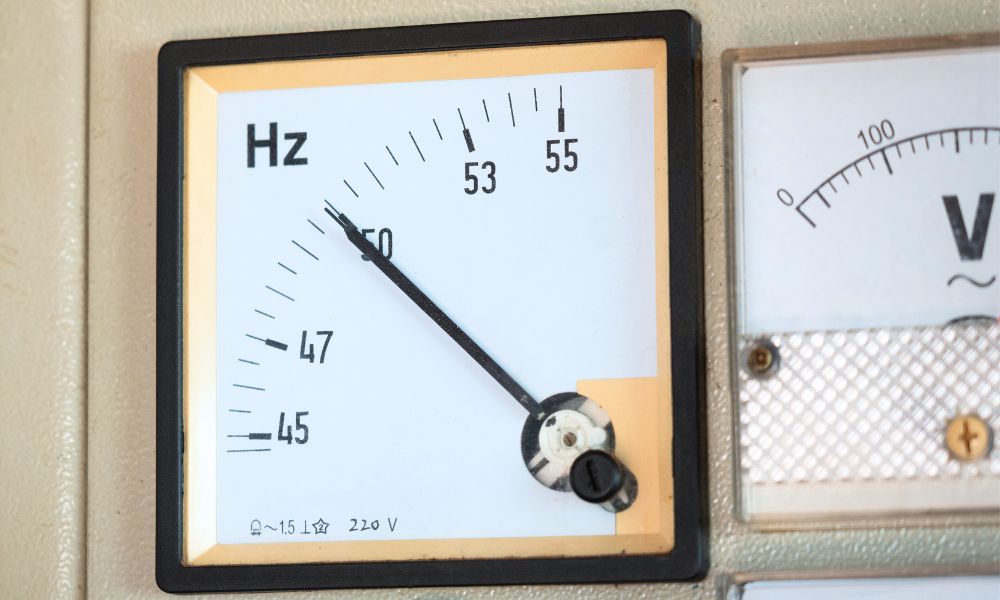Many countries in the world operate at different electronic frequencies. For example, the United States runs at 60 Hz, while most of Europe operates at 50 Hz. Some countries, like Japan, operate at both 50 or 60 Hz depending on what side of the country you’re on, and they have designated converter plants to ensure that everything runs smoothly. You may wonder what happens if a frequency is above or below 50 Hz. What happens if that current drifts too much from that set point?
What Is Electrical Frequency?
The idea behind electrical frequency is that whenever you plug something in or turn something on, it starts using alternating current or AC power. Alternating current means your electricity switches back and forth between positive and negative voltage. The number of hertz is how rapidly the current oscillates. So, if you live in an area with 50 Hz, your electricity alternates between positive and negative 50 times per second.
What if the Frequency Is Too High?
When countries have specific frequency converters, manufacturers create appliances, electronics, and other daily necessities to remain as close as possible to that level. If you try to use devices that run at 60 Hz on a 50 Hz system, the electronic motor will move slower to compensate for the lack of oscillating current. Before long, the slower speeds put a strain on vital components and can cause your devices or appliances to burn out.
What if the Frequency Is Too Low?
When learning what happens if a frequency is above or below 50 Hz, it helps to understand how the process works on both sides. If a higher frequency forces electronics to slow down to a speed where they wear themselves out, a low frequency forces them to overcompensate. As a result, electrical motors start moving faster than intended, which causes them to overload. An extra 20 percent speed increase is more than many electronics can handle.
Fortunately, you can always maintain a steady electronic frequency by using a frequency converter to go from 60 Hz to 50 Hz. Converters help stabilize devices operating at a different alternating current than the region and keep things running smoothly and efficiently. To learn more about the benefits of frequency converters, contact Visicomm Industries, and we’ll help you find everything you need with rotary or solid-state converters.
